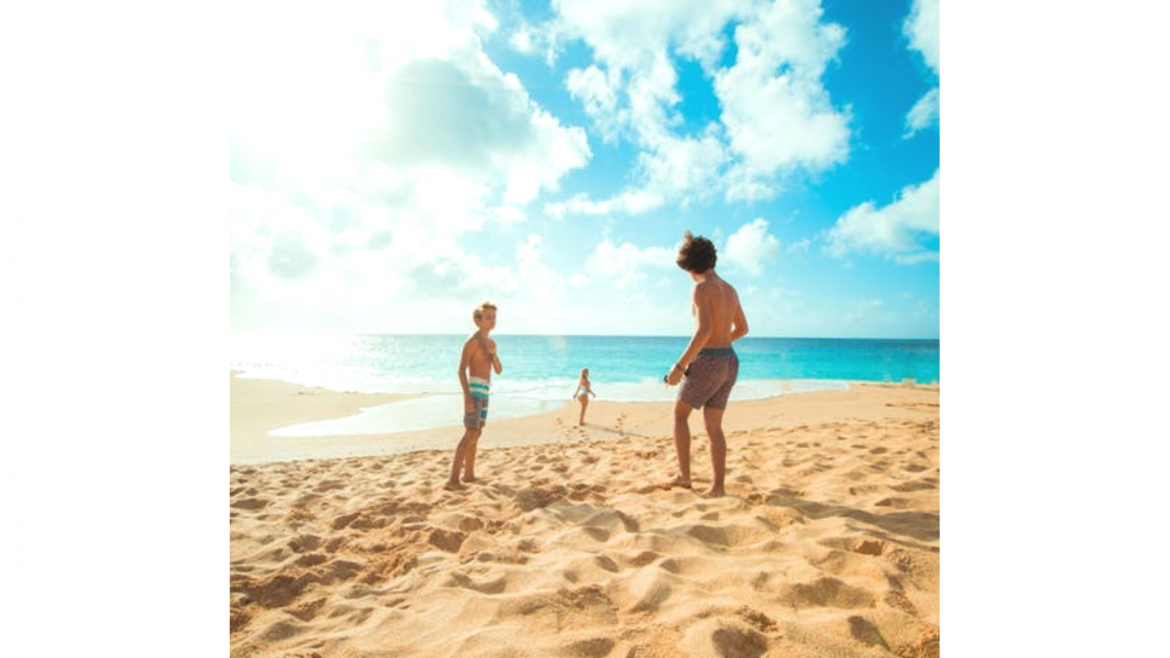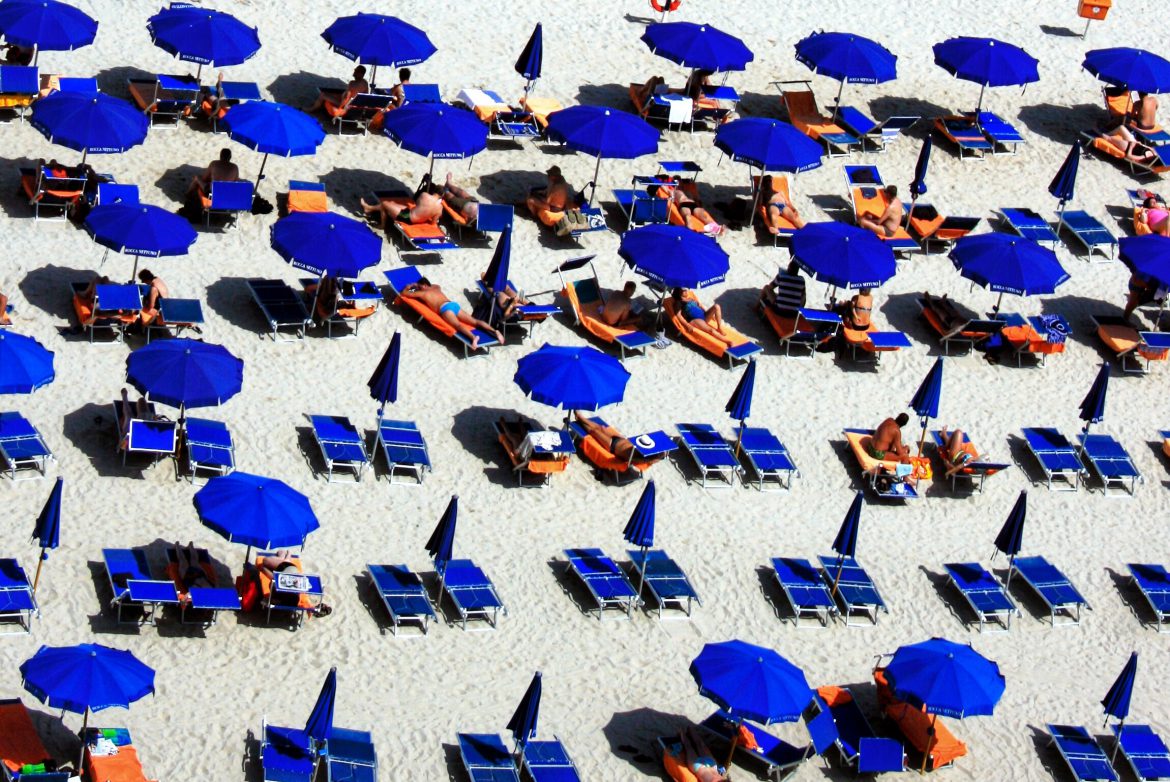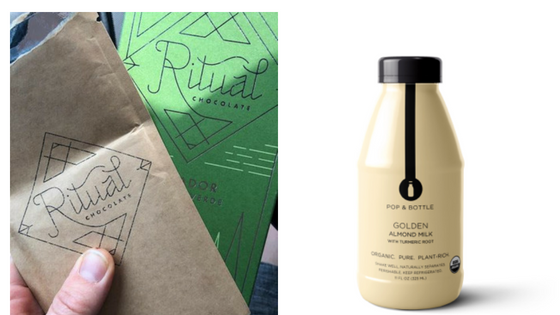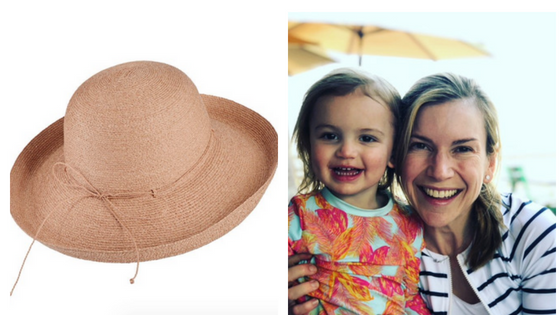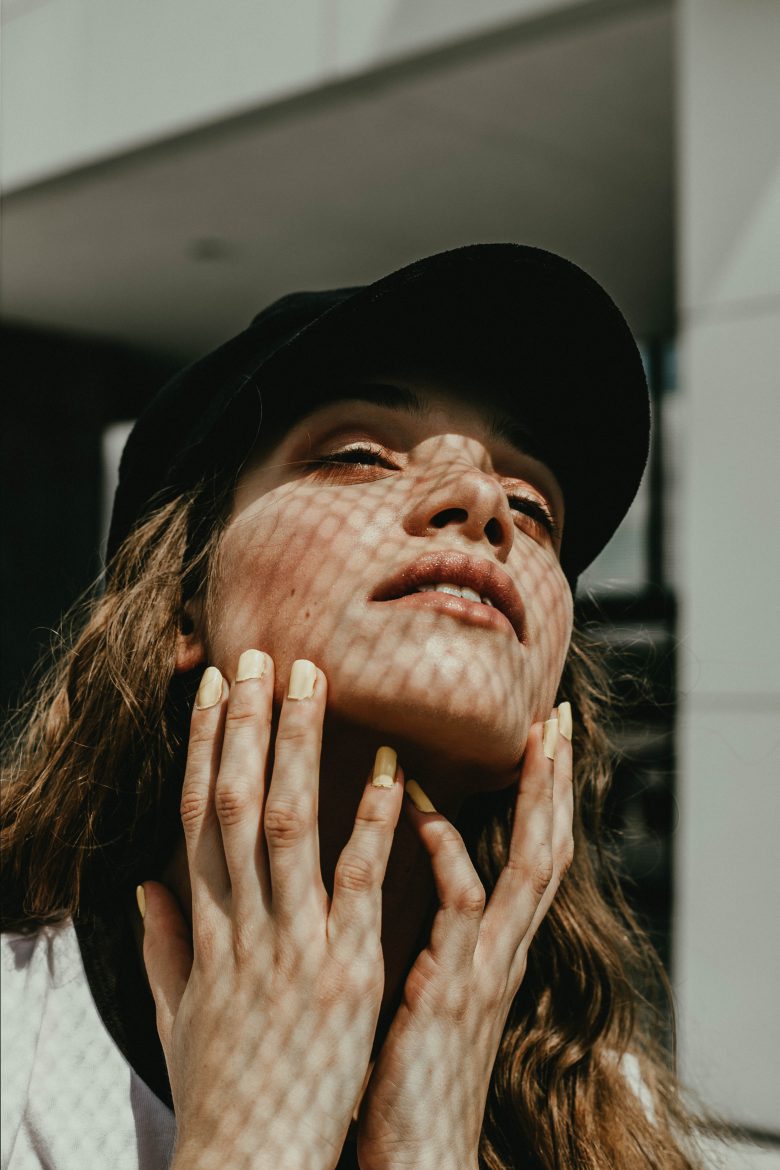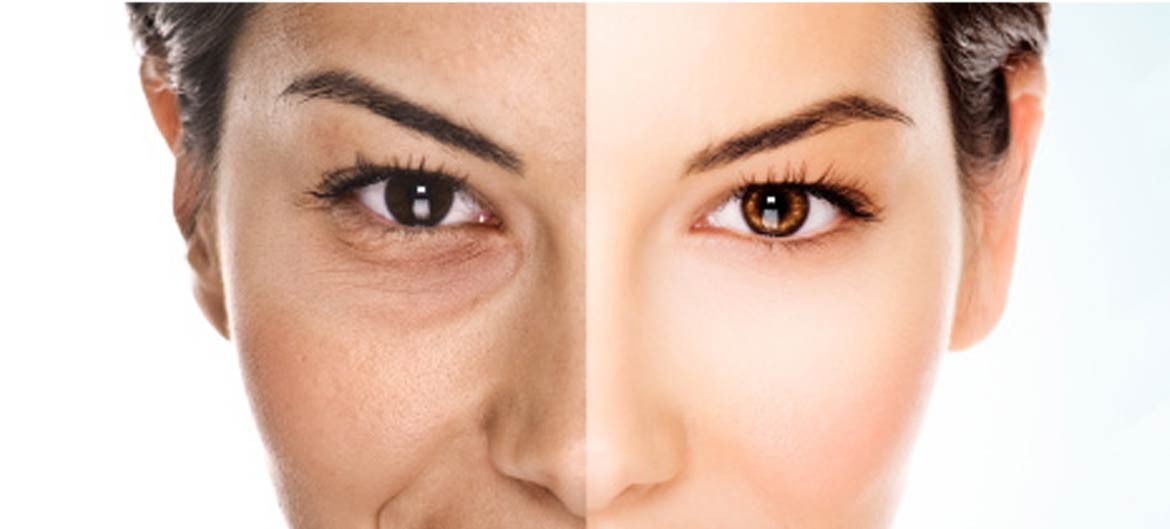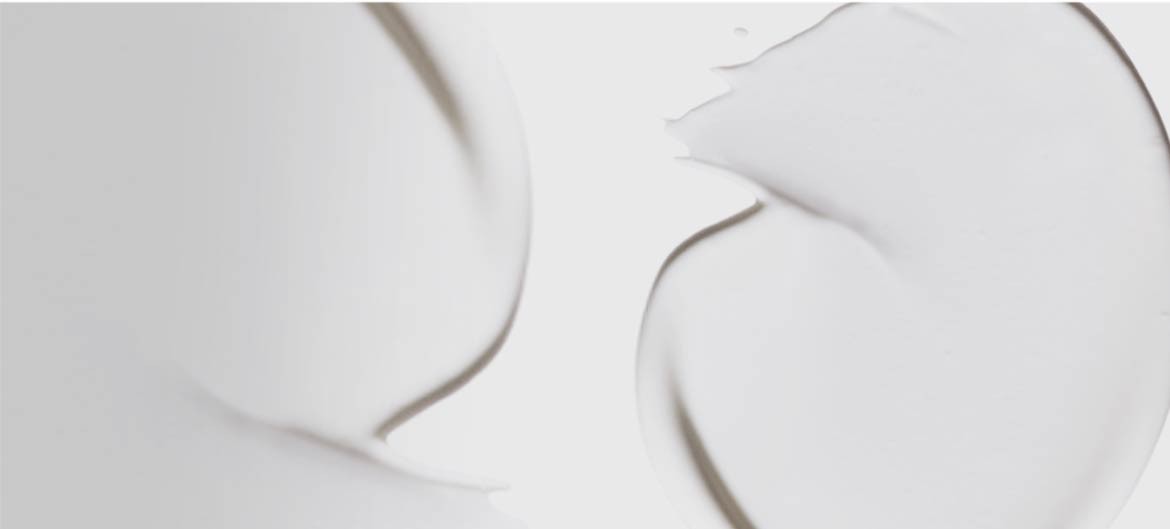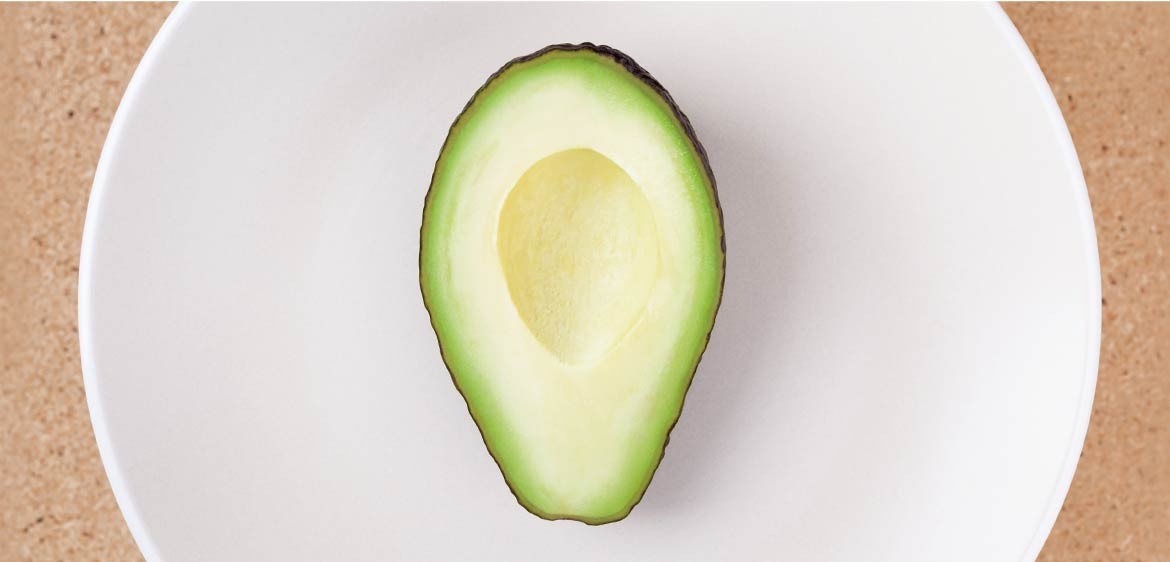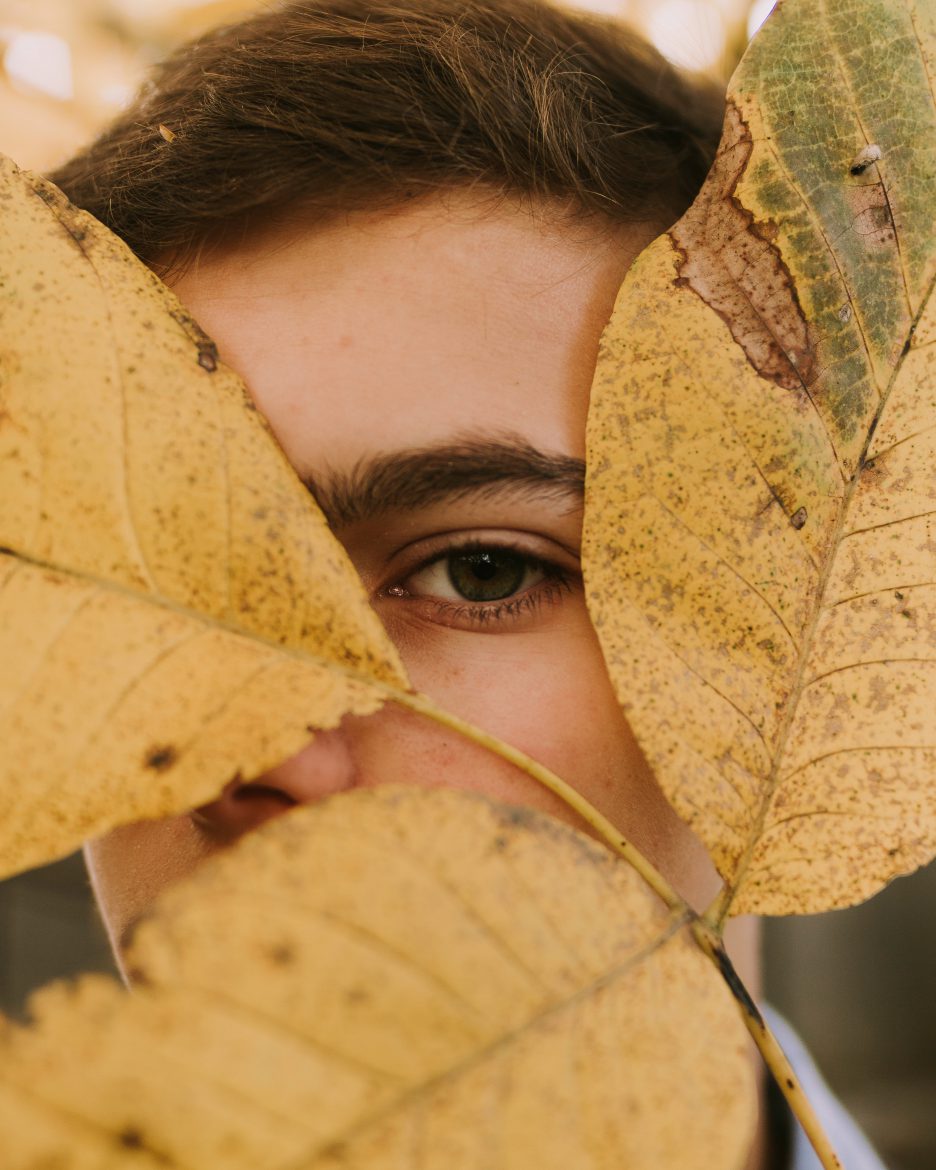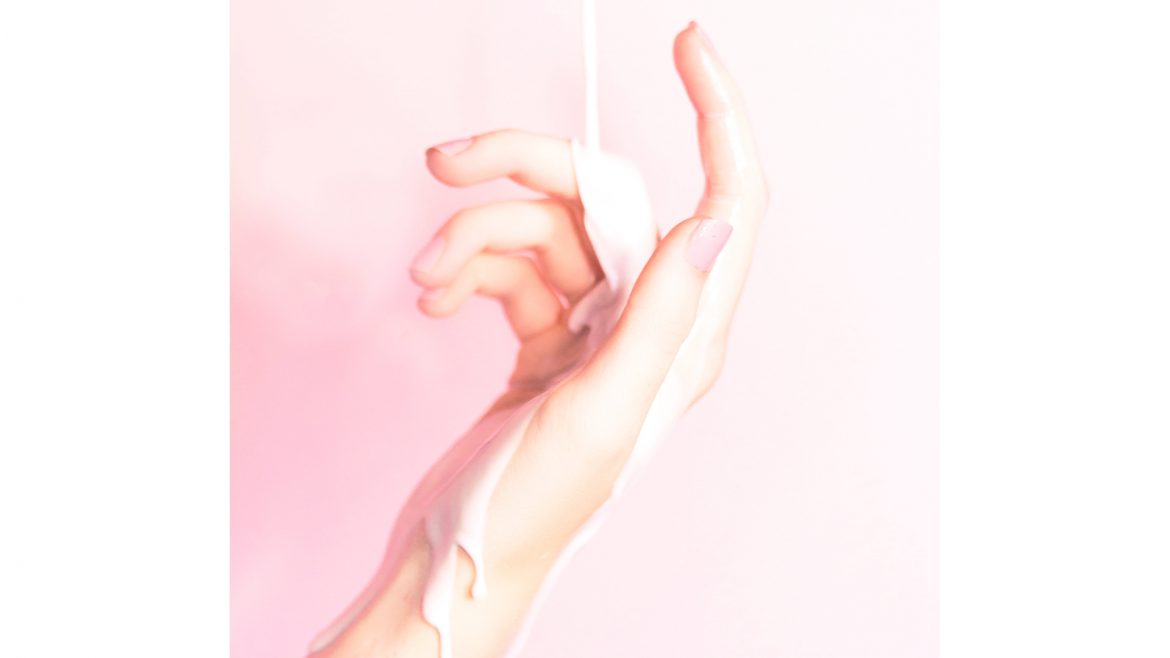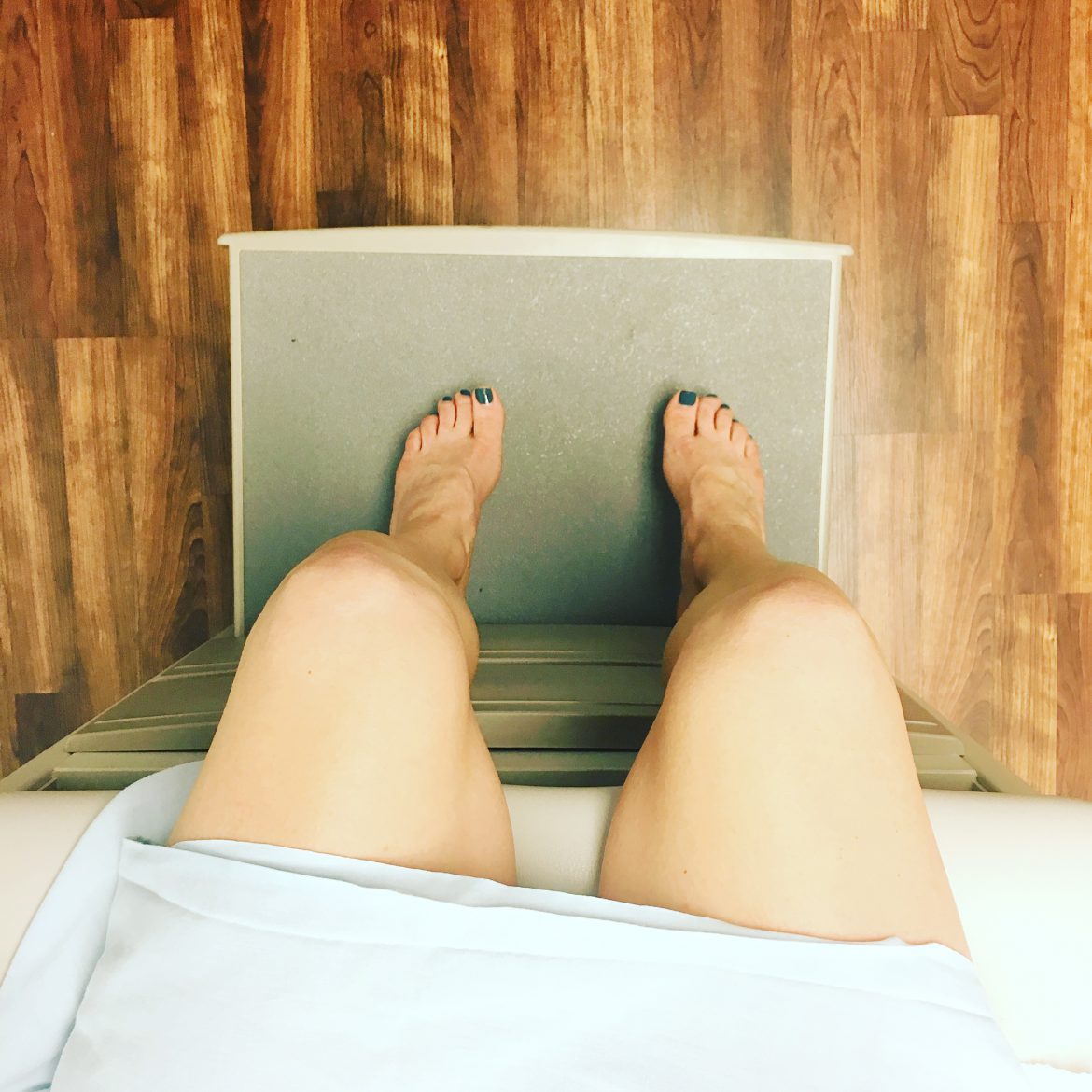May is Skin Cancer Awareness Month, so we’re talking about something for which I am so passionate — sun safety. As an Australian, I have a unique viewpoint and mindset on sun protection…for us it wasn’t a choice, it was a healthy habit from day one. Growing up in Australia greatly shaped my sun protection attitudes and impacted my career choice. I became fascinated with both preventing and reversing the sun’s effects, and I’ve built a career exploring advanced science and the ways in which lifestyle factors into overall skin health.
Simply put, sun exposure causes skin cancer. More people are diagnosed with skin cancer each year in the U.S. than all other cancers combined, and 1 in 5 Americans will develop skin cancer by age 70. (In Australia, that statistic is 2 in 3 people). Multiple sunburn events during childhood double a child’s risk of developing skin cancer later in life.
Adding insult to injury, all forms of sun exposure contribute to the aging process and damage our skin (even “gentle tanning”). But it’s not all doom and gloom. Studies show that sunscreen use and safe sun practices can prevent skin cancer and reduce the skin damage caused by UV radiation.
The “Slip, Slop, Slap” ad campaign in Australia that started in the early ‘80s has been wildly successful at normalizing the practice of sun protection and making it second nature. You get up, brush your teeth and put on your sunscreen. Everyone does it!! As a kid, I didn’t realize it at the time, but these principles have informed my approach to skincare even today.
Slip, Slop, Slap!
Slip on a shirt
Slop on sunscreen
Slap on a hat
Seek, Slide (these were added later)
Seek some shade
Slide on some sunglasses
Here in the United States, there is often a reluctance to embrace safe sun practices- it is seen as “uncool”, especially amongst kids. There is also a lot of confusion around the safety of sunscreen. The U.S. government may be a bit behind the Australian one in terms of sun protection policy change, but I believe we all can implement similar strategies, at least in our own families!
I’ll be honest, while sunscreen is still not my favorite skincare item — I much prefer applying a beautiful serum! — it’s such an important part of my everyday routine. And over the years as both a dermatologist and a mom, I’ve learned a few things to make the “slopping on sunscreen” part more palatable to even the biggest sunscreen skeptics. When my kids were little, I got them used to everyday application, especially in the summer, so now it’s part of their daily routine. I also seek out kid-friendly options, like the MDSolarSciences KidStick with SPF 40*, which is great for quickly swiping on the face when they’re rushing from one activity to the next. For me, I love the nourishing properties of Neocutis JOURNÉE Bio-restorative Day Cream Broad-Spectrum Sunscreen SPF 30*.
Since regular re-application of sunscreen (every 2 hours) is essential for maximum protection, when we’re outside at the beach or pool for extended periods of time, we’re all in rashguards with 50+ UPF protection. We take the “slipping on a shirt” aspect to another level. New fabric technologies that absorb UV rays rather than allowing some to penetrate to the skin make sunscreen application on those covered parts a non-issue. I love the Quicksilver rashguards for my boys, and the chic ones from ACQUA, an Australian brand for myself. I’ve also heard amazing things about the Minnow rashguards for little ones.
No Hat, No Play
In addition to the “Slap on a hat” reminder, Australian school children have a rule, “No hat, no play!” Basically, unless you’re wearing a hat, you aren’t allowed to play outside. Hats are part of the school uniform, and because everyone wears one, it is embraced (rather than seen as “uncool”). I personally love hats — especially the wide-brimmed ones because they cover our ears and neck, two of the most sunburned areas I see in my patients. Bucket hats are great for children, and I love the Australian brand Wallaroo Hats for kids. For women, I think Helen Kaminski makes the most gorgeous woven hats around. It doesn’t hurt that she’s also a fellow Australian!
And in case you are wondering about the safety of chemical sunscreens like Oxybenzone, the impact on coral reefs, or the risk of Vitamin D deficiency by using daily sunscreen, DON’T WORRY! Recent and robust scientific studies have continued to show that regular sunscreen use is safe for our health and strongly recommended by the FDA and American Academy of Dermatology to prevent melanoma and other forms of skin cancer. Vitamin D supplementation and diet modification is suggested if you have low levels.
Safe sun practices go way beyond just wearing sunscreen, and we’re fortunate that today, we have so many easy and fun options of making sun protection stylish and enjoyable. As with any skincare routine, starting early and being consistent are essential to maintaining safe, healthy, and happy skin!
Stay sun safe,
Dr. Dolder
*available in our skincare boutique

